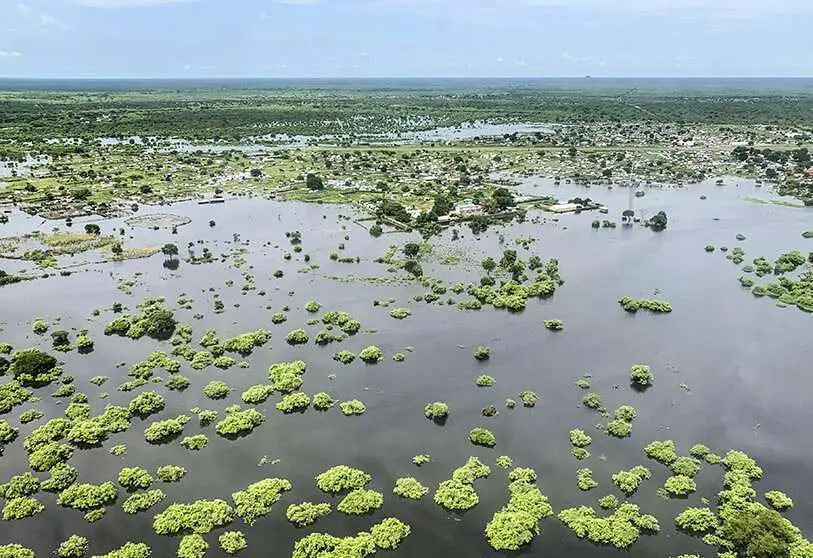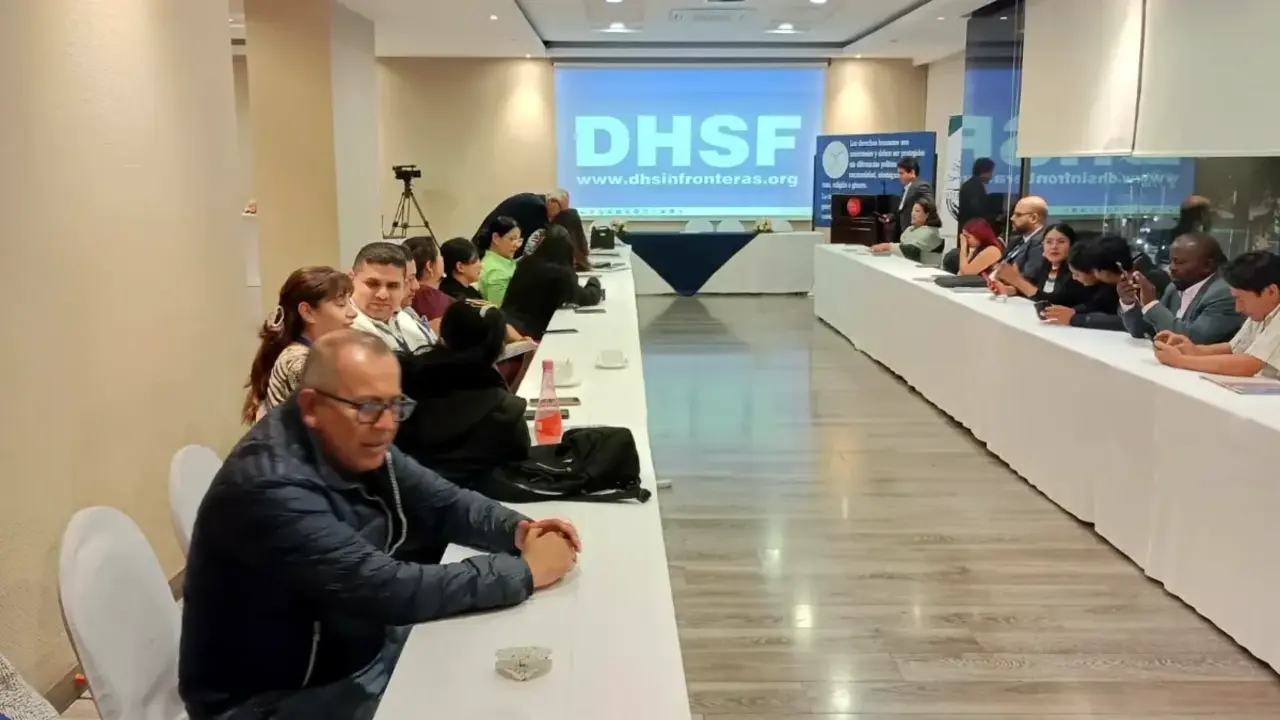Health and food security threatened in Africa by climate change

According to a report by some 15 organizations, coordinated by the World Meteorological Organization (WMO), rising temperatures, rising sea levels, changes in rainfall patterns and an increase in the number of extreme weather events are posing serious threats to health, food security and socio-economic development in Africa.
The African continent, home to 17% of the world's population, is responsible for only about 3.5% of CO2 emissions. Although Africa contributes very little to the climate crisis, the report states that the overall GDP of the continent would decrease by 2 to 12% per year due to these climate consequences.
Global warming poses increasing threats to Africa, with serious consequences for food security, the economy and the health of the continent. "Droughts, rising temperatures, floods and even frequent locust invasions, as well as the persistence of diseases such as malaria, the consequences of climate change that are hitting Africa very hard, and the worst is yet to come for food security, the economy and the health of the continent," warned the WMO.

In drought-affected countries, the number of undernourished people has increased by 45.6 percent since 2012, according to the Food and Agriculture Organization of the United Nations (FAO). "Some countries, particularly in East Africa, have rapidly moved from drought to flooding and were unprepared to deal with these disasters," says Omar Baddour, coordinator of the report and of WMO's Global Climate Monitoring System. The situation continues until 2020, when heavy rains have devastated the Sahelian belt, while Morocco and southern Africa are affected by droughts.
"Climate change is having a growing impact on the African continent, hitting the most vulnerable hardest, and contributing to food insecurity, population displacement and stress on water resources," said WMO Secretary-General Petteri Taalas.

This will increase population displacement. According to data from the International Organization for Migration (IOM) and the Office of the United Nations High Commissioner for Refugees (UNHCR), 60 per cent of all internal displacement in the East and the Horn of Africa region in 2019 was due to climate-related disasters.
How hunger is used as a weapon of war in Africa
Fleeing for one's life is a primary human reaction to violence. When people are massively displaced, they often do so suddenly, with their clothes on, abandoning their homes and livelihoods. When they do manage to reach a refugee camp, they depend on humanitarian aid to survive. They are often crammed into places without access to safe water and with poor sanitation and hygiene, where disease and epidemics are easily spread. When this situation is prolonged over time it often creates tensions with the host population.

In a war, people often flee without time to harvest their crops, or miss planting periods. They abandon or lose their animals and work tools. Often the parties to the conflict use crops as a military tactic by implementing a "scorched earth" policy or by assiduously practicing cattle rustling.
One of the first military targets in war is the communication routes, thus interrupting the supply of entire populations. Farmers are also unable to get their products to market in environments threatened by violence. It is common for wars to trigger inflation. Armed conflicts reduce a country's GDP by an average of 17.5%. In turn, rising food and commodity prices have lit the fuse for many of today's conflicts.
While schools in many places function as a safe space and a protective environment, it is common for children to stop attending if roads are unsafe. All too often water supply networks are among the first to be attacked. Schools and hospitals are sometimes used for military purposes by the parties to the conflict themselves, making them targets and using children and the sick as human shields. One of the immediate consequences of post-traumatic stress following an escape or episode of violence is the interruption of breastfeeding, condemning thousands of children under six months to malnutrition. In war contexts, even in refugee camps, cases of gender-based violence or domestic violence also skyrocket. On average, displaced persons spend more than 17 years in refugee camps.

Humanitarian organisations need to ensure the integrity of their professionals to guarantee aid. This is increasingly difficult in wars, where aid is not only hampered or slowed down, but often becomes a direct military target. In 2016, 101 humanitarian professionals lost their lives as a result of direct attacks in conflicts. On the other hand, the most media-driven conflicts monopolize the aid of international donors, relegating other crises to oblivion.

It is hard to think of a sack of rice as a deadly element. Or water cans acting like pomegranates waiting to be activated. War, however, has much to do with food. Or rather, the lack of it. Hunger is both a cause and a consequence of fighting, and in short, it causes an inseparable spiral of malnutrition and violence. The usual order of the vicious circle begins with the outbreak of violence, which causes the displacement of the population. Then comes the destruction of crops and markets or other communication routes. Until thousands of people are cut off from food. And if we add to this the consequences of climate change, the results can be devastating for Africa.








